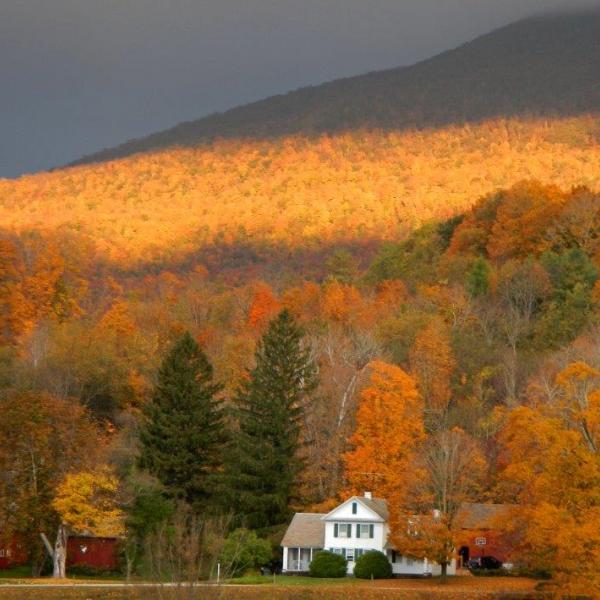
News Source
Scientists are debating whether and why it appears that the number of species at sites worldwide is holding steady (even increasing at many), as biodiversity declines globally.
Could biodiversity be remaining steady at locations around the world, even as species go extinct and biodiversity declines globally? This question has created a stir among conservation biologists and ecologists that has lasted for 15 years. New insights into the debate are critically reviewed in an editorial by the editors of the international scientific journal Biological Conservation, and a separate article in the same journal. The evidence affects the core tenets of conservation biology: How do humans influence biodiversity? And how do we set and measure conservation goals?
Many recent ecological studies have found the surprising result that the number of species (i.e., species richness) at sites around the world has remained stable on average or is even increasing. These sites include wide range of species and habitats-plants and animals; and forests, grasslands, freshwaters, and oceans.
"These findings highlight the need for conservation biologists to avoid oversimplification when making the case for conservation and selecting indicators of success," says Dr. Richard Primack, lead author of the editorial and an editor at Biological Conservation. "'More species is good' is a seductively straightforward and attractive argument. However, it ignores scale (biodiversity can increase locally, but decline globally), it ignores ecological processes and interactions, and it ignores many other aspects of biodiversity-such as changes in ecosystem services and loss of genetic variation-less obvious to non-biologists. It also misses the ethical, cultural, and aesthetic values of certain species and ecological communities, such as monarch butterflies and redwood forests. These aspects of biodiversity can still be damaged or lost, even as species richness remains steady or increases."
Some ecologists argue that the trends should not be considered as true "global" patterns of changes in local biodiversity. The reason is that the studies exclude sites that were paved, turned to farmland, or recovering from past disturbance (e.g., abandoned farmland returning to forests), and include sites that are not evenly distributed around the world. These ecologists argue that a fair analysis would conclude that biodiversity is generally declining both globally and locally.
Still, at a large number of locations the number of species is holding steady or increasing, despite the fact that hundreds of birds, mammals, and other species have already gone extinct around the world, and thousands more are declining and threatened with extinction. It seems that, while human influence is leading to the loss of many native species from specific locations, many of those lost species are "replaced" by native or non-native species that arrive and become established. In some places, such as New Zealand and Hawaii, the influx of nonnative species is so great that they have many more species now than they did 200 years ago. However, these new species do not necessarily replace the ecological functions or niches that the lost native species filled.
"Debates like this one help us identify and address key questions and problems in conservation biology, and help us generate the shared understanding necessary to advance the field and achieve conservation goals on the ground.. Supporting these scientific discussions is a key part of the mission of Biological Conservation," says Dr. Vincent Devictor, Editor-in-Chief at the journal.
Photo Credit: Lee Krohn